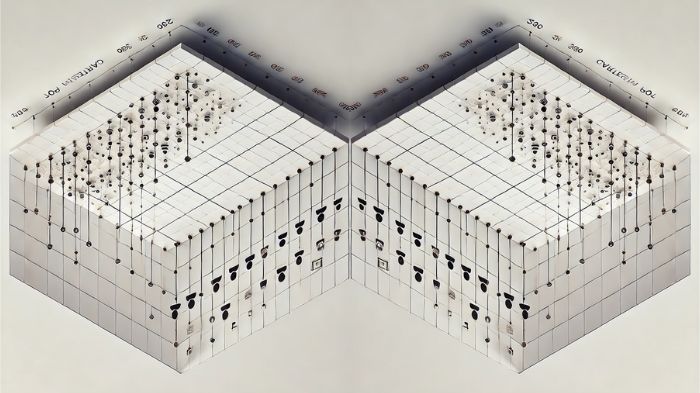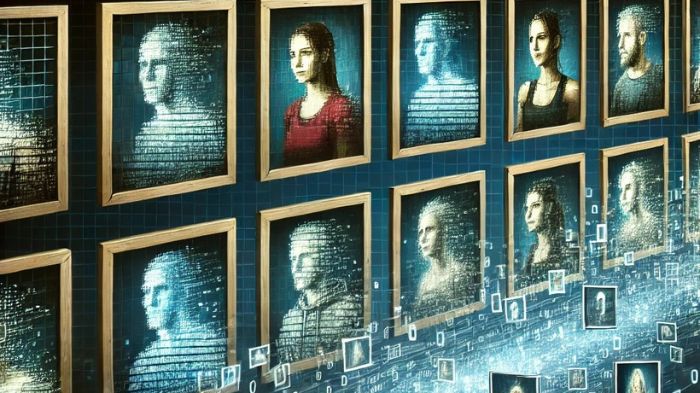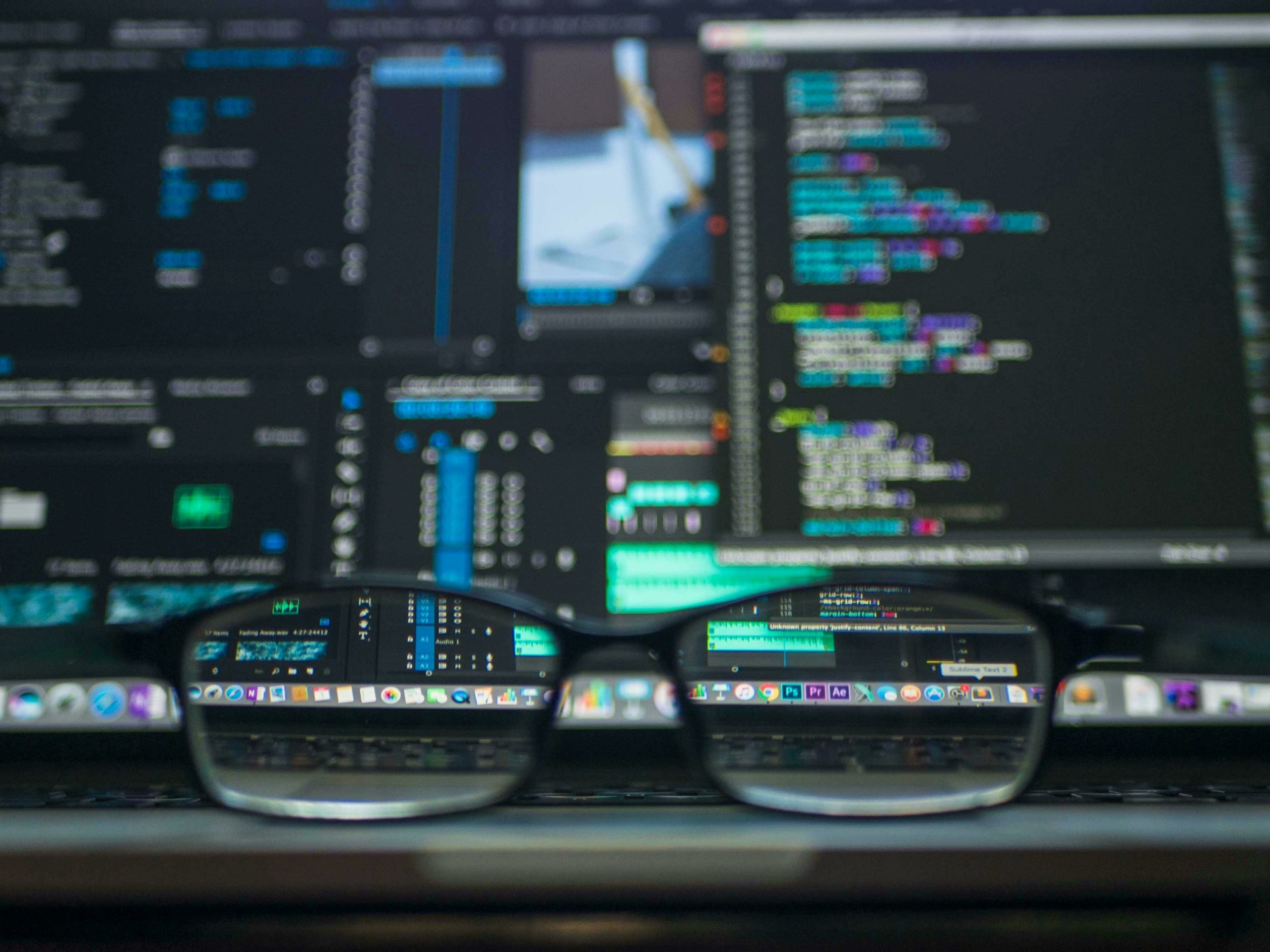How does FaceID classify images? _Slides
By craft_jobaa
By craft_jobaa

In this lesson, students explore facial recognition technology as a “classification task.” Each time a smartphone uses facial recognition, it asks, “Is this me or not me?” Building on lesson 1, where students learned that images are numerical representations of pixel values, this lesson helps students visualize images in multidimensional space, with dimensions equal to the number of facial variables or features in the model.

This lesson introduces high school students to facial recognition and machine learning in statistics. Students will explore how images serve as quantitative data and learn about facial recognition through image comparison, similarity, and error thresholds.
By craft_jobaa

In this lesson, students explore AI “under the hood” by learning how sensory information is converted into data and used for mathematical operations that make an AI “intelligent”. Students will learn that visual data has features like brightness, and distance (like between parts of a face) and is used in applications like facial recognition. Along the way, students will be able to connect these technical processes to social consequences such as bias, and learn to treat AI with skepticism.